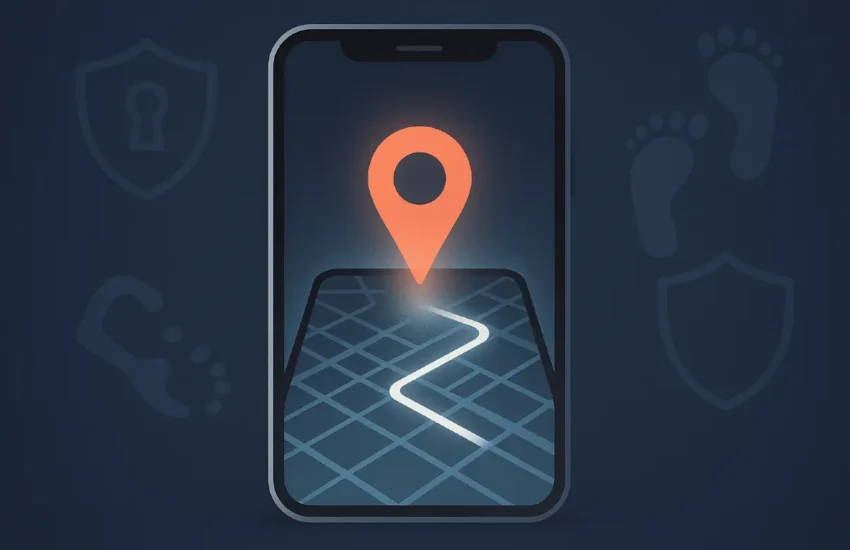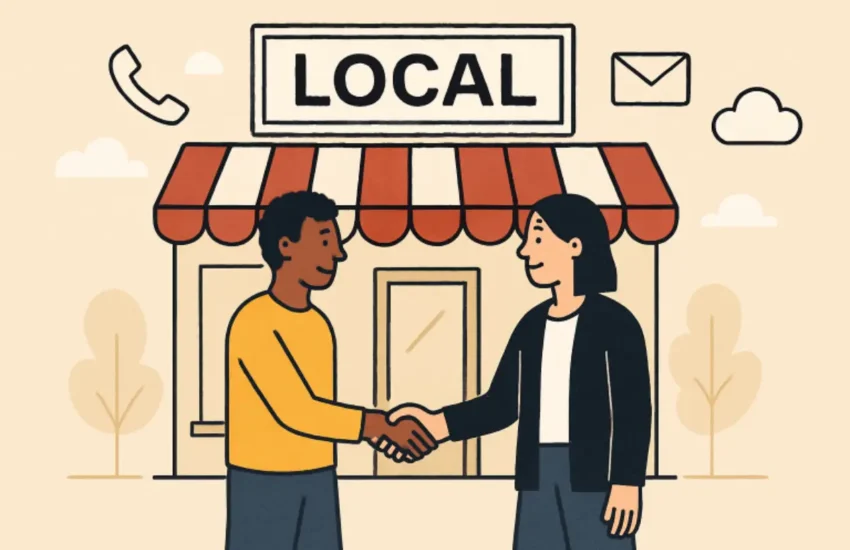Why Your Website Needs to Be Made Accessible to All
As a website owner, it’s crucial to ensure accessibility for all users. In today’s digital age, creating an inclusive online experience is essential. Learn why accessibility should be a primary focus when developing or revamping your website!

Exploring the importance of web accessibility
The internet has revolutionized the way we live our lives, providing us with instant access to information and services. But for many people with disabilities, the internet can be a frustrating and inaccessible place.
Fortunately, the importance of web accessibility is gaining recognition, and more and more websites are making the necessary changes to ensure that they are inclusive and can be accessed by everyone. Not only does this improve the experience for people with disabilities, but it also benefits the wider population by creating a more user-friendly and intuitive environment.
Whether it’s adding alt text to images or making sure that content is easily navigable, web accessibility is a vital aspect of modern web design and one that will only become more important as technology continues to evolve.
Examining how businesses benefit
As the business world swiftly makes its way toward an increasingly digital landscape, it’s essential that companies prioritize accessibility on their websites. By incorporating tools and features to accommodate users with disabilities, companies can broaden their reach and create a more inclusive online experience for all.
Businesses in industries such as construction, trades, and manufacturing can particularly benefit from partnering with companies like bespoke blue collar websites, which specialize in creating accessible, professional, and tailored websites for blue-collar industries. This ensures not only compliance with accessibility regulations but also the ability to connect with a broader audience in a way that reflects the company’s values and services.
Not only does this help to ensure the website complies with relevant laws and regulations, but it also enhances the overall user experience, resulting in increased customer satisfaction and loyalty. From a business standpoint, ensuring that a website is fully accessible is not just the right thing to do, but it’s also a smart investment that can yield valuable returns.
Outlining the legal requirements for website accessibility
As our lives become increasingly intertwined with digital technology, it is crucial that we ensure that everyone, regardless of ability, can access the information and services provided on websites. To achieve this goal, there are certain legal requirements that must be met to ensure website accessibility.
These requirements include complying with the Americans with Disabilities Act (ADA) and the Web Content Accessibility Guidelines (WCAG), which provide clear guidelines for making websites usable for individuals with disabilities.
Beyond the legal requirements, website accessibility is simply good practice. Inclusivity and diversity are key values that benefit society, and ensuring that websites are accessible to everyone is an important step in realizing those values. In this pursuit, seeking guidance from ADA Compliance Pros can be a valuable resource. In short, website accessibility is not just a legal obligation but a moral imperative.
Ensure your website is friendly for people with disabilities
In today’s digital world, having an accessible website is more important than ever before. Making your website user-friendly for people with disabilities is not only good for accessibility, but it also benefits your business. Creating an inclusive website can open the doors to a wider audience, leading to better engagement and increased revenue. Here are some tips to ensure your website is user-friendly for people with disabilities.
- Firstly, ensure your website is easy to navigate, with clear and concise headings and page titles.
- Secondly, use high-contrast color schemes and avoid using small fonts.
- Thirdly, provide alternative text for images and transcripts for audio and video content.
By implementing these tips, you will create a website that is inclusive for all users.
Exploring helpful tools that make web pages more accessible
From online shopping to social media, our daily lives rely heavily on the internet. However, for individuals with disabilities, navigating the web can be a daunting task. Fortunately, there are several tools and technologies available that can help make webpages more accessible for all users. One essential tool is screen readers, which read aloud the content on a page for individuals who are visually impaired. Another helpful technology is alternative text, which provides descriptive text for images, making them accessible to those who cannot see them.
Additionally, features such as contrast adjustments and keyboard shortcuts can make web pages easier to navigate for individuals with physical disabilities. By implementing these helpful tools and technologies, we can ensure that everyone has equal access to the information and resources available on the web.
Discussing popular trends in web design
As the world rapidly shifts towards digital platforms, it has become increasingly important to ensure that websites are built to cater to people with disabilities. Design trends are now focusing on web accessibility, with popular features like high contrast, adjustable font sizes, and simplified layouts becoming coveted elements of modern web design. Not only are these accessibility features vital for those who need them, but they also improve the overall user experience for everyone.
By incorporating these trends, web designers are not only creating more inclusive and welcoming websites, but they are also setting a new standard for the industry to follow. The future of web design lies in its ability to prioritize accessibility, and it’s exciting to see the industry moving in that direction.
Web accessibility is crucial for businesses. It creates an inclusive atmosphere, attracts diverse users, and meets legal requirements. Ensure your website or app has visible contrasts, audio descriptions, keyboard commands, and captions for videos. Explore tools and stay updated to make your design functional and appealing. Start making a positive change in web accessibility today!


